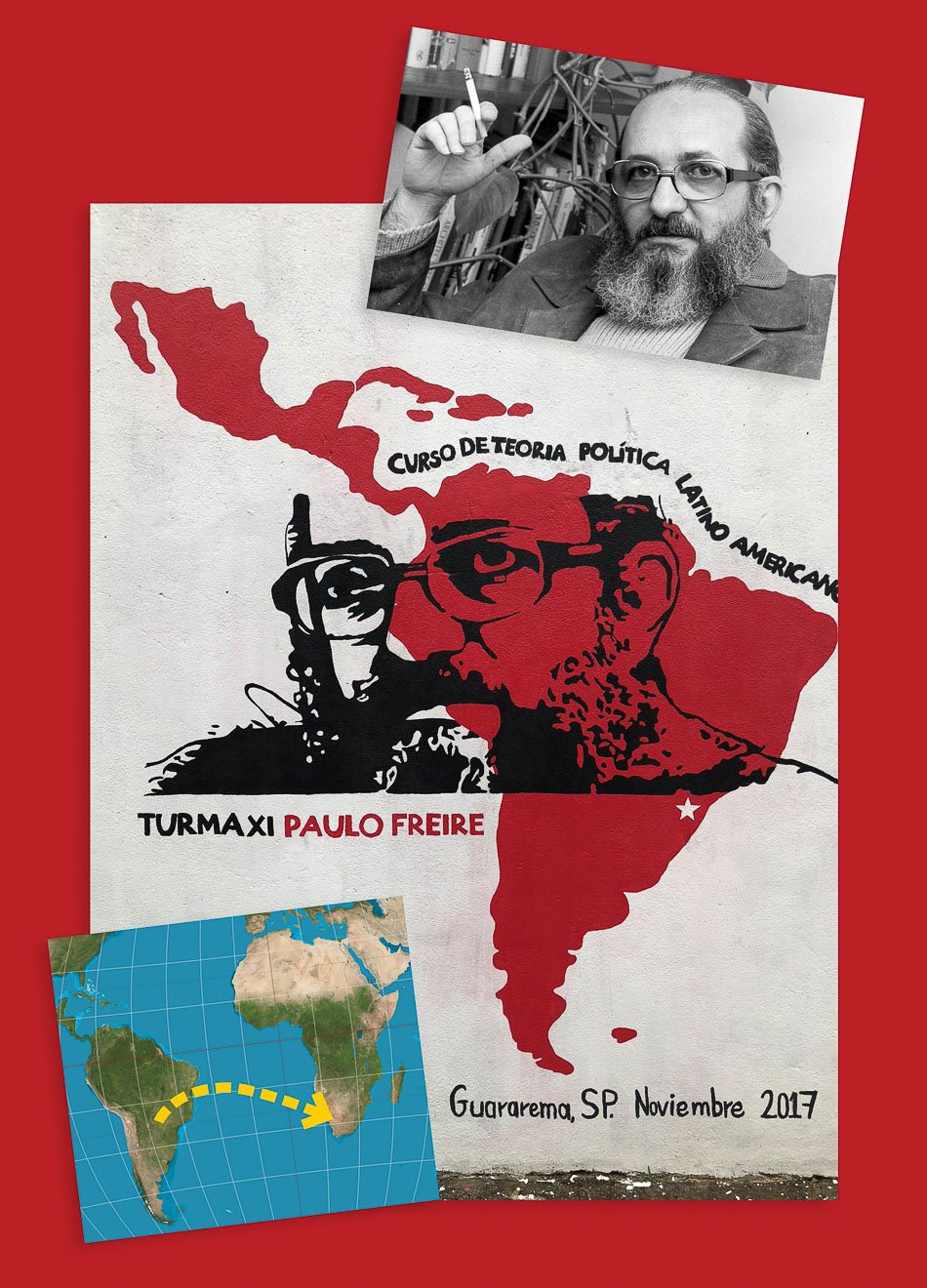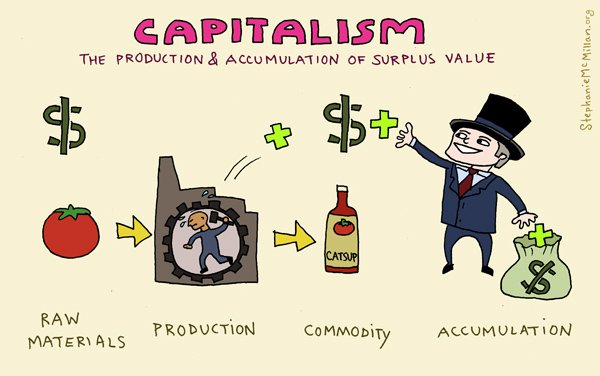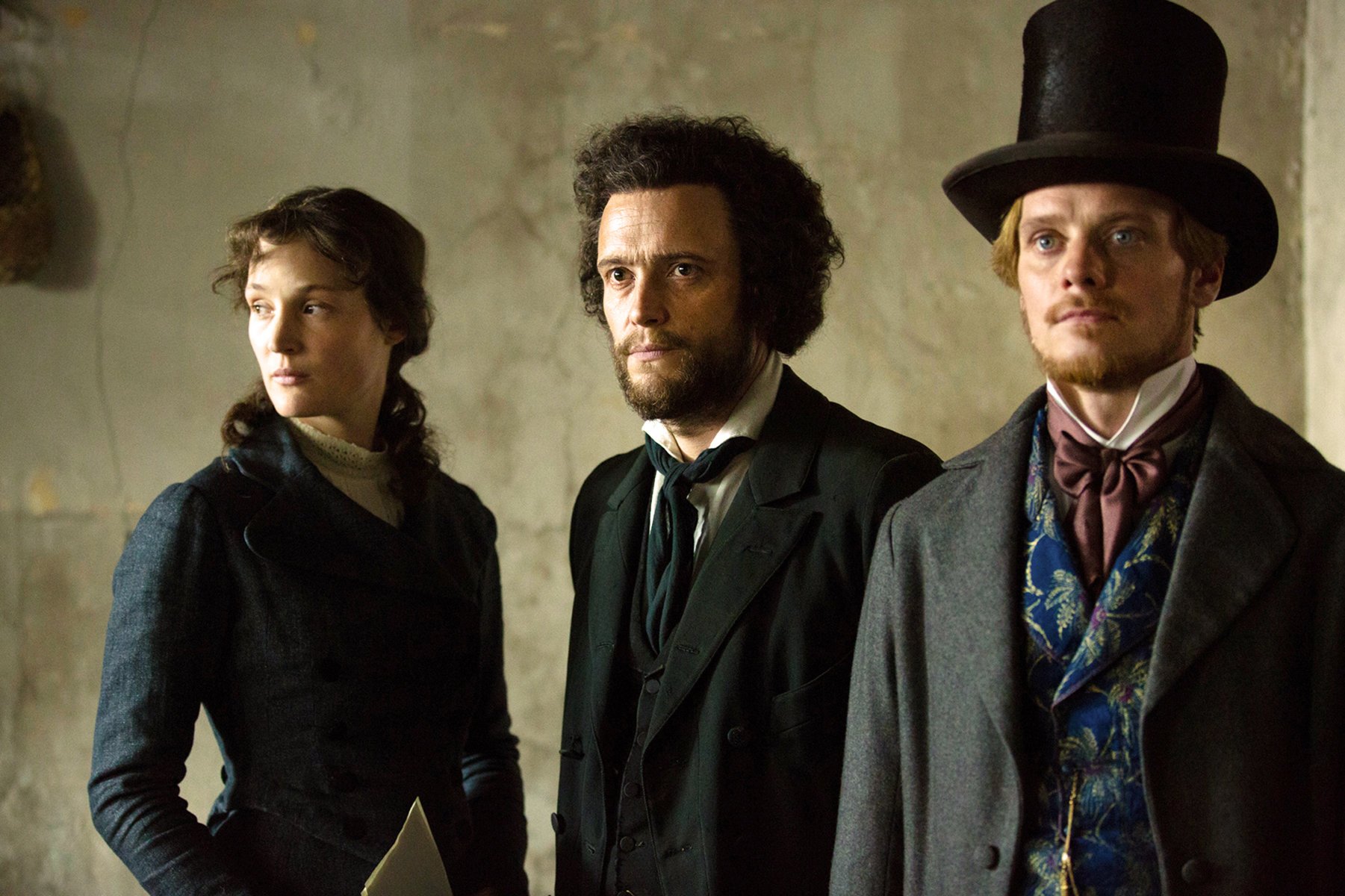The Communist Manifesto
STUDY BLOCKS: POLITICAL ECONOMY, ORGANIZATIONAL THEORY, HISTORY
As part of Red Books Day celebration, we hosted a Collective Reading of the Communist Manifesto and talked amongst each other what it means to be reading for revolution. We have compiled some of the resources and documents here for you to reference and to use to organize your own Communist Manifesto reading group.
Summary.
Marx and Engels penned this manifesto to elaborate their theory of the class struggle and the role of the working class in revolutionary politics. Marx and Engels penned these observations in the 1840s, but their interventions continue to have direct relevance for confronting capitalism in the current moment. After all, they describe capitalism as a world system with such clarity that it became the most influential political writing in the nineteenth century. Through close readings and discussions, we encourage you to read the Manifesto in its context, and in ours. We must also consider how the text inspired the Marxist tradition that emerged from the anti-imperialist and anti-colonial struggles of the twentieth century and its unfinished business in the twenty-first.
Study Materials.
[PRIMARY SOURCE] The Communist Manifesto by Karl Marx and Friedrich Engels
Written in 1848 for the Communist League, an international political party founded in London, the Manifesto is a call for workers everywhere to organize and build the political force necessary to overthrow capitalism. It is in this period that the idea of democracy and the participation in the people in political matters is beginning to take off. The predominant ideologies are liberalism and idealism, which Marx and Engels are arguing against in the manifesto. The manifesto seeks to explain to working people how capitalism, a system that is inherently exploitative to workers, is not natural but is a project of the bourgeoisie, and that only the organized working class can and should overthrow it.
GO TO LINK • DOWNLOAD PDF • FIND IT IN OVER 20 LANGUAGES!
READING PACKET (includes The Path Which Led Me To Leninism by Ho Chi Minh)
[LECTURE] History of the Communist Manifesto
Travel with Brian Becker through a time machine to when the Communist Manifesto was written! He talks about the political and economic forces that made writing the Manifesto not only possible, but necessary. This text created international and timeless ripples, inspiring the masses to organize themselves to fight for a worker-led society across the world.
[COLLECTIVE READING] Reading for Revolution
“The proletarians have nothing to lose but their chains. They have a world to win”
Liberatory reading is a democratic process, a dialogic process, a transformative process. Use the reading packet listed above and join us in a collective reading of the Communist Manifesto.
REQUEST RECORDING • DOWNLOAD SLIDES
In this collective reading, we looked at the work of Paulo Freire and his contribution to the practice of popular education, where reading and education are tools for the transformation of society, not just for the accumulation of knowledge. Here are some resources that were referenced in the collective reading that delve deeper into Freire’s practice and that attributed to his approach to popular education:
Pedagogy of Freedom by Paulo Freire
Paulo Freire and Popular Struggle in South Africa
PAIGC’s Political Education for Liberation in Guinea-Bissau, 1963–74
[FILM] Young Karl Marx
This film, by Haitian filmmaker and activist Raoul Peck, tells the story of the early years of Karl Marx and Friedrich Engels, and their politicization process that led to the creation of the Communist League and the Communist Manifesto.
Supplementary materials
-

The Communist Manifesto in its Own Time, and Ours
“The Communist Manifesto in its Own Time, and Ours,” in A World to Win: Essays on The Communist Manifesto, by Aijaz Ahmad. Purchase the book at 1804 Books.
-

Pedagogy of Freedom by Paulo Freire
In Pedagogy of Freedom Paulo Freire travels ever more deeply into the territory where learning and activism are the essence of human life.
-

PAIGC’s Political Education for Liberation in Guinea-Bissau, 1963–74
For PAIGC, investing in education became a fundamental pillar of the liberation struggle that was necessary at the levels of political, economic, cultural, and armed resistance.
-

Paulo Freire and Popular Struggle in South Africa
Paulo Freire was a radical educator from Brazil whose work was tied to struggles for human freedom and dignity. This dossier, which draws on interviews with participants in a range of struggles in South Africa, shows that Freire’s ideas have been an important influence in the Black Consciousness Movement, the trade union movement, and some of the organisations associated with the United Democratic Front (UDF). His ideas remain influential today, from trade unions to grassroots struggles.
-

CAPITALISM MUST DIE! By Stephanie Mcmillan
From the INIP (Idées Nouvelles Idées Prolétariennes/New Ideas Proletarian Ideas): A basic introduction to capitalism: what it is, why it sucks, and how to crush it. With great comics and illustrations




